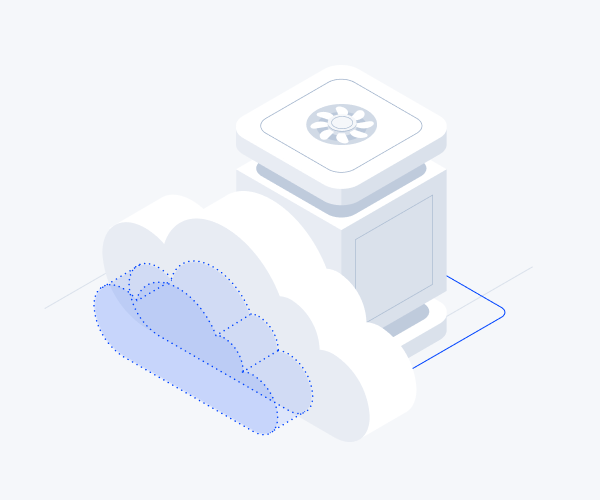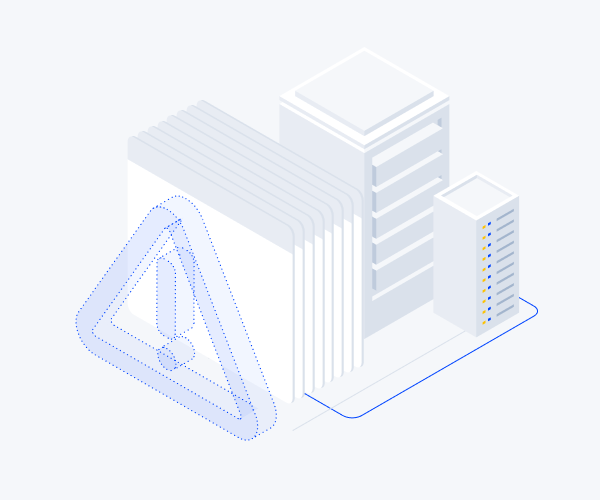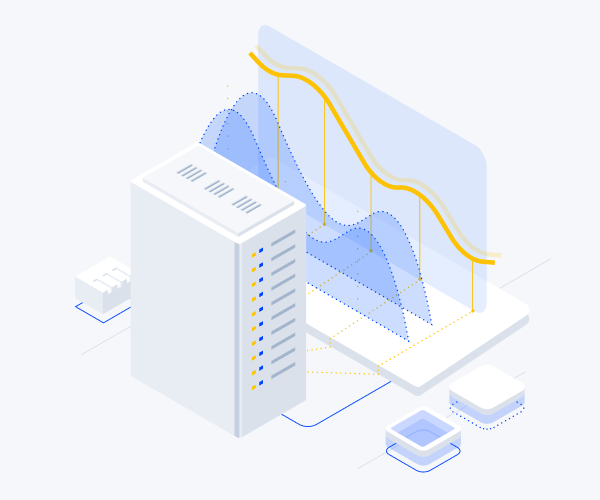What Are Virtual Servers? All You Need To Know About Server Virtualization

Virtualization and cloud computing technologies have been used to solve many technical and business snags for years. Cost-friendliness, performance, and scalability are some reasons many businesses use these technologies in their operations. But, mainly the low IT infrastructure costs.
The concept of virtualization may be normal for the tech enthusiast but it’s noise for the business person or the normal computer user. This article, therefore, aims to go into the brass tracks of virtual servers. What they are, why you need them in your business, and the underlying principles that make them work.
Let’s jump right in!
What are Virtual Servers?
A virtual server is a server sharing software and hardware resources with other operating systems, versus dedicated servers. Virtual servers can perform many functions but are popular in web hosting environments because of their amazing server resources control and cost-effectiveness.
Virtual Servers Explained: How they work
Components and Architecture
The physical layer is the main component of server virtualization. Using a hypervisor, the physical server is divided into several virtual servers. You can use the traditional method; streamlining a computer network from a technical standpoint, but you risk not capitalizing on the full processing power of the physical server. The hypervisor also helps in the management of resources.
Some popular hypervisor software includes Microsoft Hyper-V, VMware vSphere, and Citrix XenServer. Once this is done, you can run server applications and several guest operating systems on the virtual environment. This is what makes them cost-effective as opposed to physical servers; running multiple applications and OSs.
Virtual Server Benefits?
Server virtualization has contributed to the scalability of many businesses since its invention. Here are some reasons why you should consider adding virtual servers to your infrastructure:
- Cost-friendly
- Easy disaster recovery
- Increased productivity and efficiency
- Easy deployment
- Faster deployment
- Easily customizable
The Flip-Side Of Virtual Servers
Just like any other technology, virtual servers have their dark sides. Here are some disadvantages of using virtual servers in your operation:
- Compatibility issues
- Some vendor’s Service Level Agreements (SLAs) may affect your scalability
- Limited control over physical servers that run applications
- Higher recurring costs
- They are limited compared to dedicated servers
Virtual Servers vs Physical Servers
One of the main reasons virtualization is popular because it reduces the number of physical servers on-premises, hence cutting management costs. Also known as ‘Bare metal sever’, you can define physical servers as the computers you use every day. The main difference with your computer is their high computing power. They are also single-tenant.
To understand the difference between physical and virtual servers, we are going to break them down using these components; performance, scalability, system recovery, portability, and management.
Portability
This is one of the few components that distinguish between the two, entirely. With a physical machine, migration from one data center to another can be a risky task. This is because you will have to back up the data in another disk space, along with moving and reconfiguring all the other components.
With a virtual machine, you can switch between different machines with lower risks. This is because VMs are hardware independent.
Performance
This should be the determining factor if your business is looking to scale rapidly. Many at times, VMs have performance issues (depending on the vendor). Thus, if your organization deals with constant and large data processing tasks, physical servers are more powerful and reliable than VMs.
Management
Without a doubt, VMs are much easier to manage. Physical servers require a lot of skilled manpower to manage, and a lot of time is needed when a system crushes. Unlike physical servers, VMs are much easier to manage, and all it takes to recover a virtual machine is a few clicks. You can also utilize managed services offered by some IT infrastructure providers to make sure you get the best out of your infrastructure.
Disaster Recovery
This is another component that differentiates the physical server from the virtual server. VMs have better disaster recovery protocols, compared to physical ones. Time is money when it comes to recovering critical data from a disaster. Unless an organization has a concrete data recovery strategy in place, it can be difficult to recover data from physical servers after being hit by a disaster.
But, the virtual environment offers an easier and reliable DR process.
Cost
Many businesses opt for VMs because they are cost-effective. Physical servers need a lot of skill and resources to maintain. Frequent software update requirements, system crashes, hardware failures, and many other reasons make physical servers to be a nightmare.
VMs allow users with many servers to customize their prices based on the required computing power.
Virtual Servers vs Physical servers; What Works For You?
With more than half of businesses expected to be using virtualization technology by 2021, it is important to understand what to consider before adopting it. From the above section, it is clear that choosing between the two depends on the context. What is your organization looking for? Do you want to scale rapidly, performance, cost-effective, or are you just looking for something that works?
The table below will help you make a choice by simply presenting distinctions:
| Physical Servers | Virtual Servers (VMs) |
| 1. No licensing required | 1. VMs software require licenses |
| 2. Takes up a lot of space | 2. Saves space since one physical server can host several VMs |
| 3. Involves huge amounts of up-front fees | 3. Lower upfront fees |
| 4. The migration process is complex | 4. Easy migration |
| 5. Requires skilled professionals and resources to maintain | 5. It is easy to maintain VMs |
| 6. Have a Short lifecycle | 6. Legacy applications are supported |
| 7. No overhead layer required | 7. Overhead required |
Figure 1: Physical Servers Vs Virtual Servers
Both physical servers and VMs bring different things to the table. Therefore, before making a decision, it is wise to document your objectives and business goals based on metrics such as budgets, amount of workloads, performance, and data security.
Wrapping It Up
Virtual servers have many advantages when it comes to growing your business. However, understanding the base concepts of virtualization is key. As you all know, agility should always drive your business needs. From the blog post, it is safe to say that virtual servers are worth investing in many contexts. Apart from going easy on the wallet, they are easy to manage, recover from disaster, and highly scalable.
Despite the pool of opportunities presented by virtual servers, it is important to analyze your business goals before adopting them.
Looking for fast, reliable, and scalable virtual servers to help you increase your productivity? Why don’t you try Serverspaces cool servers. The products have state-of-the-art in-built features to make sure you get the best arena to exceed your expectations.





